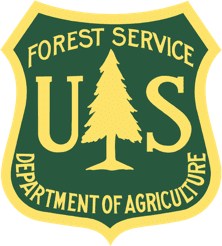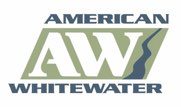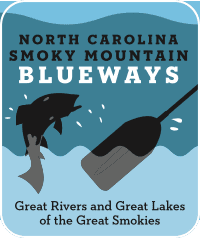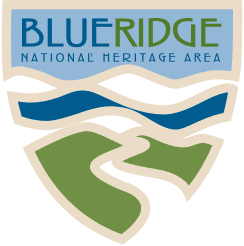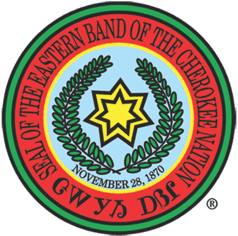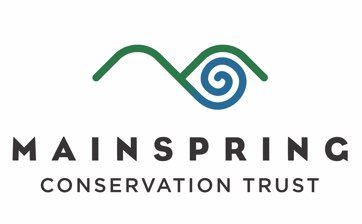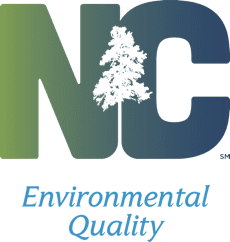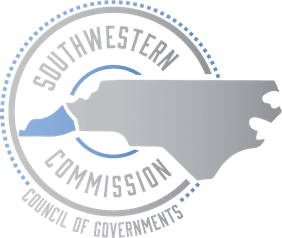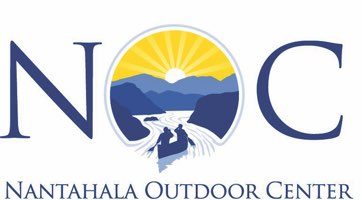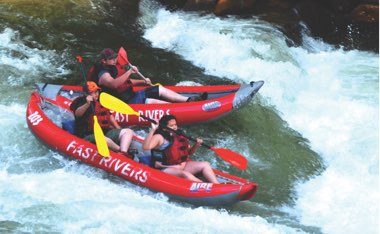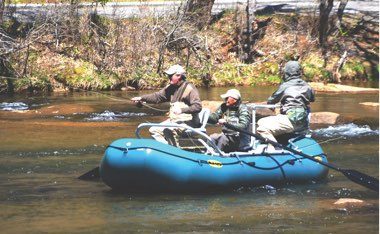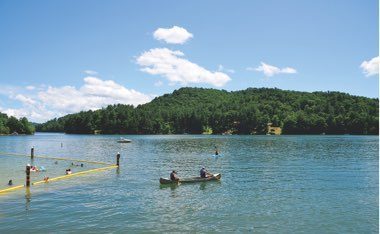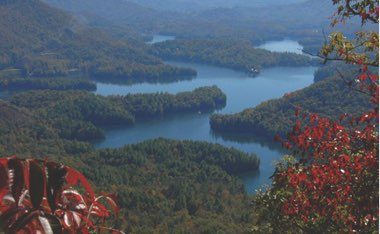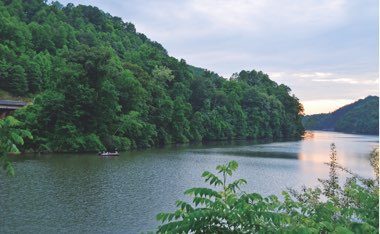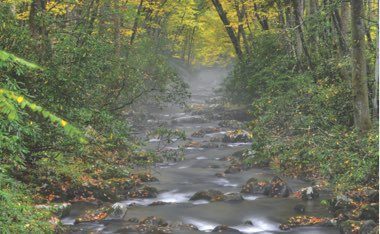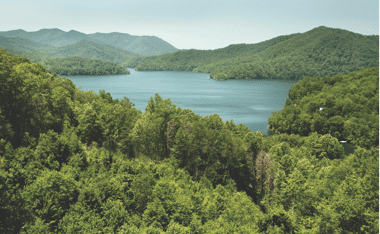Smoky Mountain Blueways
The little Tennessee, Nantahala, Oconaluftee and Tuckasegee rivers flow through the North Carolina Smoky Mountains and dump into Fontana Lake at the edge of the Great Smoky Mountains National Park.
These rivers, the lakes along the way and their watersheds encompass the Nantahala National Forest and two National Park units which create the “infrastructure” for the largest and most visited outdoor recreation area in the Southeastern United States.
This system called the Great Rivers and Great Lakes of the Great Smokies creates the Smoky Mountain Blueway Trails that offer visitors a unique experience in outdoor water sports of many varieties.
Pristine waters offer Class A Trout Streams, white-cap rapids challenge the kayaker and rafter and still waters provide a serene experience for viewing flora and fauna throughout the region.
Visit Smokies Lakes & Rivers
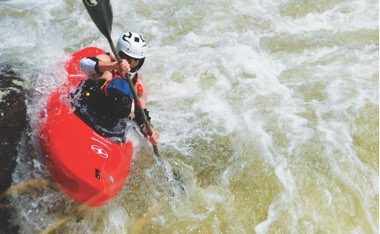
Cheoah River
Nantahala River
Tuckasegee River
Lake Glenville
Lake Santeetlah
Little Tennessee River
Oconaluftee River
Fontana Lake
Nantahala Lake
The Blueway Pledge
I pledge to respect the rights of property owners and will never trespass on private property. I will never litter and will always leave the rivers and lakes in better condition than I found them.
For Your Safety
- Use caution any time you get on the water.
- Wear your Life Jacket regardless of boat type or difficulty of water.
- Water release schedules often change without notice due to unanticipated changes in weather conditions and power system requirements. Check release schedules online before heading out.
- Rivers can rise rapidly due to steep topography.
- Please be aware of river conditions and be prepared for quickly changing weather conditions. Spring and Summer thunderstorms can happen out of nowhere.
Leave No Trace
Your personal commitment to ethical river and lake use is the most important factor in maintaining the outdoor’s character. Take pride in leaving no trace of your presence here.
- Plan ahead and prepare
- Travel and camp on durable surfaces
- Dispose of waste properly
- Leave what you find
- Minimize campfire impacts
- Respect wildlife
- Be considerate of other visitors
- Respect private land
© Leave No Trace Center for Outdoor Ethics:
Proper Disposal of Waste
